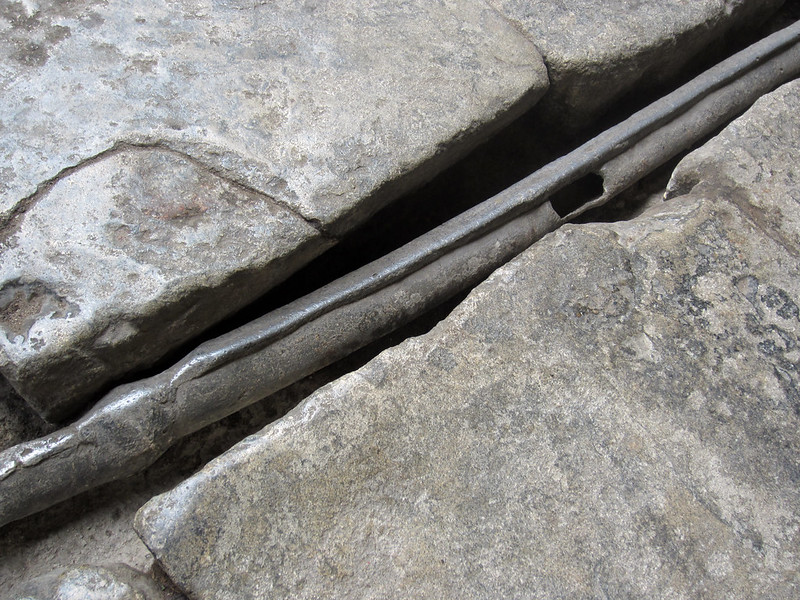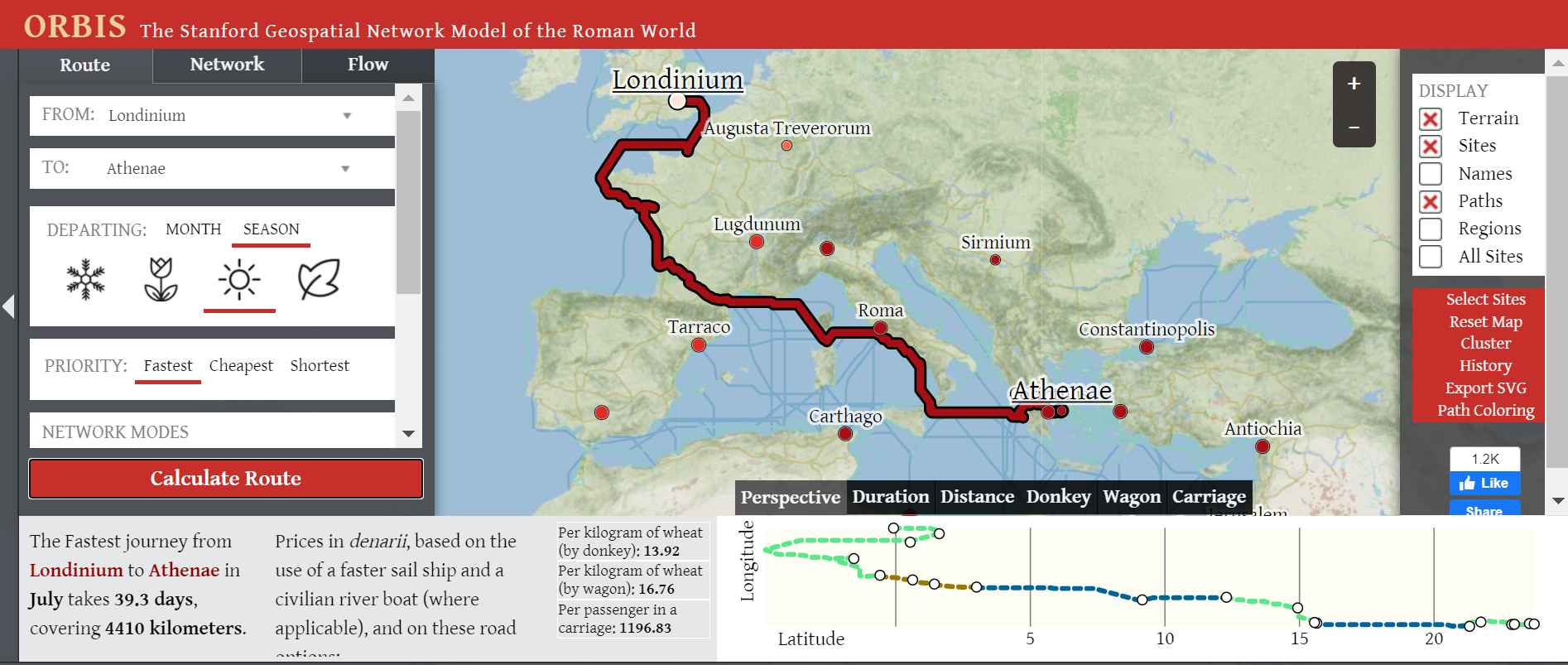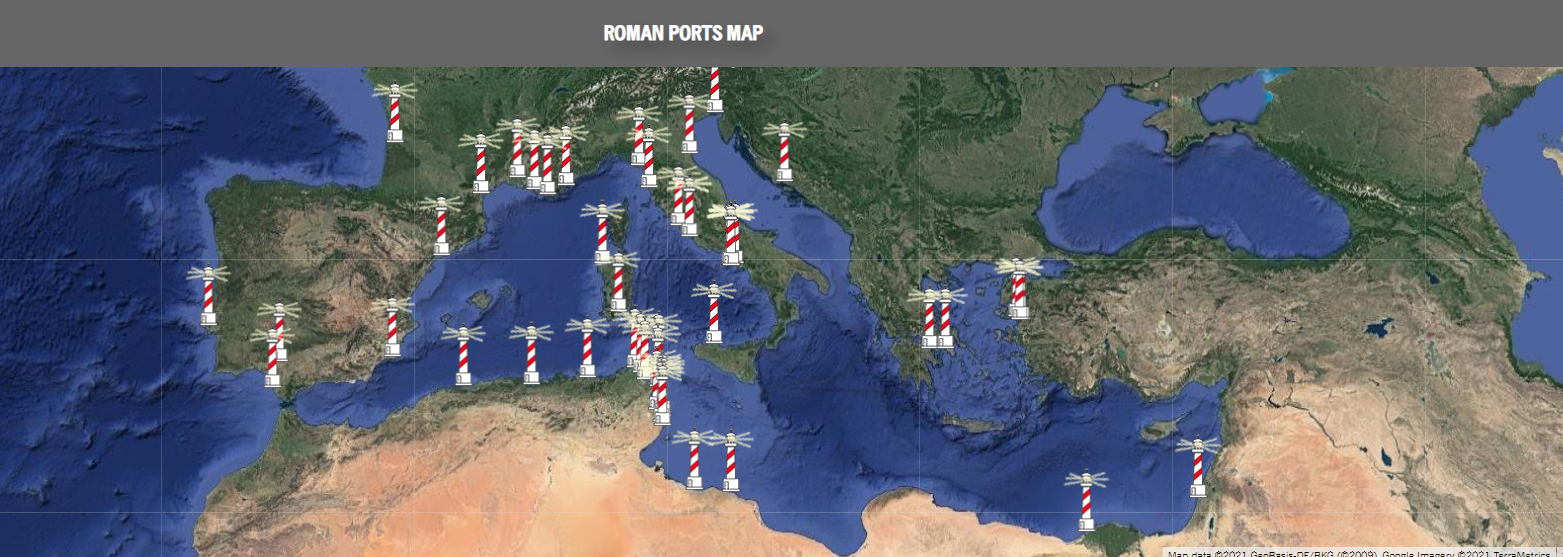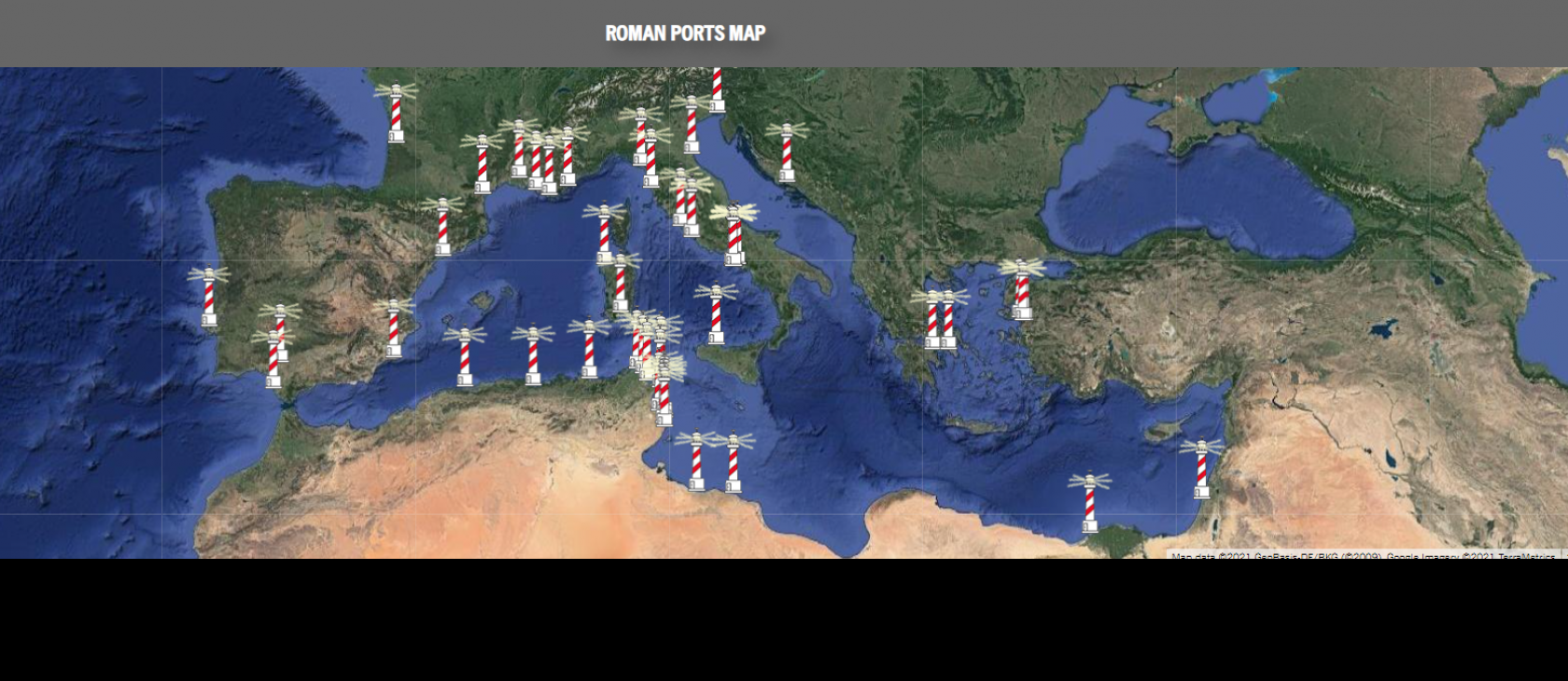This is the fourth installment of the "Romenomics” series, which aims to study commerce in ancient Rome in order to better appreciate the economic present. See part one, part two, and part three of the series. - Ed.
The Roman Empire was a ravenous consumer. Its massive appetite for natural resources, agricultural products, services, and artisan goods was perhaps unmatched by any previous ancient civilization. It is no small miracle that a proto-industrial economy like Rome’s was able to meet such high demand for hundreds of millions of citizens for 1,000 years.
Of course, like in any prolonged economic era, there were shortages, bubbles, corrections, and ongoing crises. But overall, the Roman economy remained stable, particularly because of its efficient distribution to help supply meet demand. Hence, no one starved or did without life’s staples for purely logistical reasons.
Of the greatest “supplies,” one sector that seemed never in short supply was cheap manual labor. Everyone knows that Rome depended on slave labor for performing most heavy and light work, from mining, farming, military, construction to cooking, cleaning, and even secretarial duties. The number of slaves available for the total labor supply increased as conquests were waged and captives forced into servitude for years or a lifetime.
In a study by Kyle Harper, we learn that at the height of the empire, about 15% of Rome’s population were slaves. This equaled 9 million per 60 million of its total inhabitants. This is an astronomical figure, amounting to almost half of Italy’s current labor force (22.8 million) and with same exact population (60.3 million) of Golden Age Rome. In the euro of today’s Rome, the supply of slave labor would be worth €394.2 billion per annum (at today’s average yearly Italian gross salary of €43,800 in the Eternal City).
Of course, Rome's forced labor supply was not without expense to its "owners." Servants had to be fed, clothed, housed, and cared for medically, even if all this was done at the lowest costs possible in order to (inhumanely) reallocate capital for other investments or (even worse) for more hedonistic consumption such as throwing huge dinner parties and drunken orgies. Most notably, it allowed free citizens abundant leisure to study for other professions not fulfilled by their servants, thus creating a large competitive "professional" labor supply for other specialties in art, architecture, engineering, medicine, teaching, and politics. Finally, whenever the demand for slavery increased, one way to increase supply was to conquer other lands and shackle new captives - but even easier was to purchase slaves from other lands and/or from pirates who regularly “captained” the human trafficking trade.
Another robust supply sector was linked to natural resources. As mentioned above, the Roman Empire at its greatest extension (2nd century) was 60 million. This is a lot of people in need of raw materials, but nothing compared to the 1.1 billion living in more or less the same vast territory: with Europeans totaling 743 million, 250 million in northern Africa, and another 150 million in the eastern Mediterranean. In Roman times, there were many more virgin forests, untapped mineral deposits, unending veins of precious metals, and literally entire mountains of marble for what amounted to just 5.4% of today’s combined regional population. By comparison, the total, absolute supply for Romans far, far exceeded the actual demand.
Let’s look at a few key supply stats. In terms of the key metal mining output, peak production could be summarized as follows (from highest to lowest extraction) in tons per annum:
- Iron, 82,500 tons;
- Lead, 80,000 tons;
- Copper, 15,000 tons;
- Silver, 200 tons; and
- Gold, 9 tons.
What is interesting is the high demand for iron and lead. These were absolute necessities for the empire. Iron was used, just like today, as a base metal for many daily artifacts (pots, pans, tools), military ware (swords, shields, armor, slingshot pellets), and construction (nails, joints, fasteners, shafts). Lead (plumbum) - unsurprisingly, given the etymological connection - was employed everywhere in plumbing, until discoveries of lead poisoning were linked to public waterworks and large boiling vessels. The quality of Roman lead was so durable that perfectly intact pipes are still visible today with the names of Roman emperors inscribed on them. Moreover, with lead, there were other uses similar to iron. According to the UNRV website:
Bronze coins of the Roman era could contain up to 30% lead. The Romans used lead as a paint base, which continued until recently, as well as other household products such as cosmetics and serving dishes.

It is interesting how Romans used crystalized plumbus (lead acetate, or sugar of lead) as an artificial sweetener. Winemakers noticed when heating up grape must in lead vats the resulting wine was of top quality and didn’t need the expensive honey that ancients traditionally added, along with water, to their cups of wine. Romans, as in the famous Apicius cookbook, recommended sugar of lead in numerous recipes - dishes that would be literally “to die for,” as millions of Roman died from long-term lead ingestion (fetal miscarriages, liver disease, brain/renal tumors).

Distributing tons of natural resources and crop harvests, if not to a local market, was done by merchant ships docking at major ports, for unloading and redistribution by land via Rome’s vast network of well-built roads. According to HistoryLink:
Goods were continually transported throughout the Roman Empire. The most effective way to transport goods was by sea. The type of ship commonly used by the Romans was known as a corbitas … "a round-hulled ship with curving prow and stern … (that) could carry cargo weighing between 70 and 350 tons.” Ships could carry as many as six hundred passengers or six thousand and amphorae (clay jars) of wine, oil, or other liquids.
Estimates of shipping time from Alexandria to Rome’s port of Ostia was about two-to-three weeks. Other major destinations with maximum time estimates included these major sea routes: Rome to Caesaria (20 days); Alexandra to Antioch (10 days); Byzantium to Gaza (12 days); Rome to Carthage (five days).
For more examples, one should explore Stanford University’s Orbis, the “Google maps” of antiquity. The interactive software calculates the time, travel expenses (by boat, cart, wagon, donkey, foot), and the shortest distances between major Roman imperial cities. According to Orbis, between Londinium and Athenae, the fastest route in summer would be a mix of land and sea routes lasting 39 days over 4,410 kilometers at a cost of 16 denarii per kilogram of wheat (16,000 denarii per metric ton). At the time that Jesus walked the earth, a denarius was worth about $5 (USD); hence, one ton of wheat transported between London and Athens would cost about $80,000: exactly the reason why Romans avoided long-haul shipping, particularly to respect the necessary cost-effectiveness of reselling cheap agricultural products (whereas precious metals might be economically justified for long routes because of their high resale value). For example, a major shipment of Egyptian wheat from Alexandria be easily justified by sea to Rome. In 21 days and 2,600 kilometers, the cost was only 2.8 denarii per kilogram (2,800 denarii or $14,000 USD per metric ton).

Fast and cost-effective shipping was more regional or between bordering provinces (e.g., Gallia and Hispania) and nearby cities (Roma and Neapolis), especially since maritime routes over several days risked high seas, unpredictable storms, and very predictable pirates. Long land routes, while generally safer, also had problems: bandits, carts breaking down, and the general weariness of pack animals and horses, particularly in the hot summer months.
The way around distributing large amounts was to secure products and sail to nearby ports. Imperial Rome counted on no less than 43 major commercial ports (see the map below and the listings here), stretching from Londinum to Tyrus in modern Lebanon. The smart way would be to haul products along the coasts to the nearest destination, unless a large deep-sea crossing was considered worth the risk. To guide merchant vessels to the proper docking stations, the Romans set up a series of lighthouses (noted below), in addition to numerous watchtowers, which helped forewarn the arrival of any foreign invaders or pirates.

What can we learn for all this? First, for the ancients, as now, in business tempus pecunia est: Time is money. Longer and less efficient shipping routes naturally resulted in higher distribution costs, which were (and are) then passed on to the majority of plebeian consumers. As in our hypothetical examples, it is highly unlikely that Romans would finance London wheat before they would pay for wheat shipped from the Nile Valley. This was especially true in an empire where the vast majority of the populus lived at subsistence levels. True, the wealthy patricians and imperial treasuries had enough residual cash to burn, so supplies that had high overhead costs due to interregional shipping did not affect their purchasing power as much. (And typically, this would be reserved for luxury goods like eastern spices and gems.)
Second, there were no modern insurance policies that empowered merchants to take huge risks of chartering dangerous courses on the high seas during inclement weather. In fact, owners of merchant vessels would measure the high risk only against high profitable returns.
Lastly, one classical law of economics rang just as true 2,000 years ago as it does today: Where there is no demand, the search for supplies (new mines, new fertile terrains, new labor) diminishes proportionally. As a rapacious consumer society, the demands were constant; hence, the empire expanded to meet them, while creating business models of maximum efficiency to continue satisfying the needs of its citizens.
What went wrong for the Romans was often not questioning the validity of certain needs. Was lead ever called into question (despite its cheap abundance) after so many illnesses seemed connected to the water supply? Did the Romans ever change their plumbing technology? Did they devote scientific inquiries to study the adverse effects of this cheap metal? No, because it was so inexpensive and got the job done. Such moral hazards would not come into play in economic thinking until a Christian civilization demanded more of business owners than setting mere maxims of profit and efficiency - but above all else, the delivery of objectively good products and services which enabled true human flourishing.




